Flag of Jack Rackham – Jolly Roger
14.90€
• Pickup: Immediately from store in Kaarina, Finland
Description of the Product
As the Wars of Religion ended around 1650, European countries resumed the development of their colonial empires. There was money to be made—or stolen—and much of it traveled by ship. After the War of the Spanish Succession in 1714, thousands of Anglo-American sailors were relieved of military duty. A large number of trained idle sailors at a time when the cross-Atlantic colonial shipping trade was beginning to boom meant they turned en masse to piracy. The merchant shippers used this surplus of sailors to drive wages down and created unsavory conditions on board the vessels. Living conditions were so poor that many sailors began to prefer a freer existence as a pirate. A pirate base was founded at Nassau, on the island of New Providence in the Bahamas. Until the arrival of governor Woodes Rogers in 1718, Nassau would be home for these pirates and their many recruits.
17th and 18th century colonial governors usually required privateers to fly a specific version of the British flag to distinguish them from naval vessels. After the privateers had turned to piracy, they still used these red and black flags, but now they decorated them with their own designs, and the pirate flag was born. Pirates did not fly the Jolly Roger (a generic term for any pirate flag design) at all times. Only when the pirates' intended victim was within range, the Jolly Roger would be raised, often simultaneously with a warning shot.
The flag was probably intended as communication of the pirates' identity, giving target ships an opportunity to surrender without a fight. If a ship decided to resist, the Jolly Roger was taken down and a red flag was flown, indicating that the pirates intended to take the ship by force and without mercy. It was important for a prey ship to know that its assailants were pirates, as privateer or government vessels had to abide by a rule that if a crew resisted, but then surrendered, it could not be executed. Flying a Jolly Roger was a reliable way of proving oneself a pirate. Just possessing a Jolly Roger was considered proof that one was a criminal pirate rather than something more legitimate; only a pirate would dare fly the Jolly Roger, as he was already under threat of execution.
Jack Rackham, or Calico Jack, was an English pirate captain operating around the Bahamas from 1718 to 1720. Unlike many other pirates, including Christopher Condent, who fled the area after sensing unfavorable changes in the air, Calico Jack remained. He was captured and executed in 1720. He is mostly remembered from having two female pirates on his crew, Anne Bonny and Mary Read. However, he did leave one legacy: his flag. Rackham's flag was black with a white skull over two crossed swords. This banner has gained worldwide popularity as "the" pirate flag.
The flag is double sided, and made of durable indoor/outdoor nylon. 93cm x 150cm (36.6” x 59”) with metal grommets.

Beautiful sword and scabbard in perfect condition. Well greased and packaged and I received it very quickly. The price is also really good, one of the best in Europe for sure!
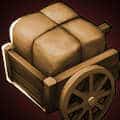
Products are located in our own storehouse
In Kaarina, Finland.
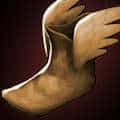
Fast shipping
Orders are shipped out within 24 hours of us receiving the order.
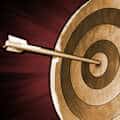
Purchase online or offline
You can also pickup your order at our store.

Flexible payments
We accept Credit Cards & Online Banks etc.
Our Store
All orders can also be picked up from the brick-and-mortar store at Oppipojankuja 1, 20780 Kaarina. 10min drive from the centre of Turku.
Welcome!
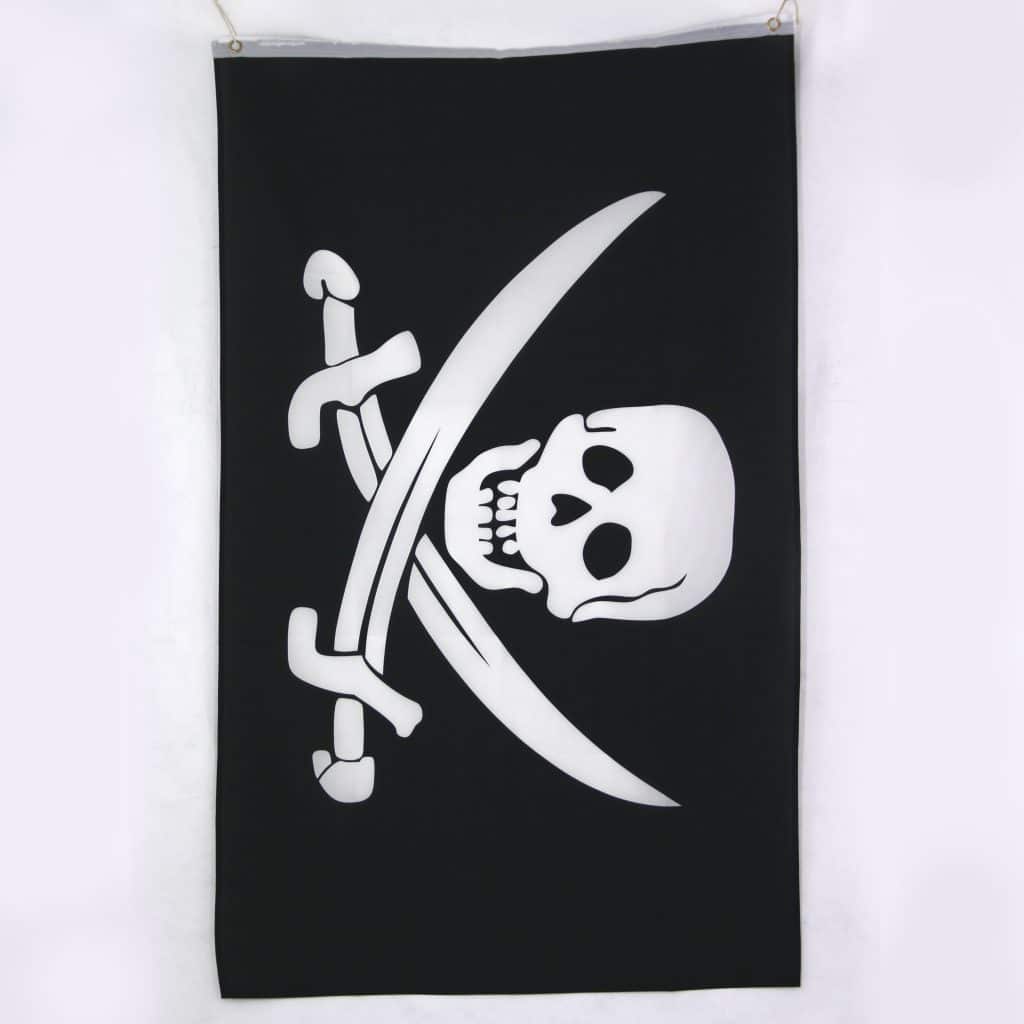
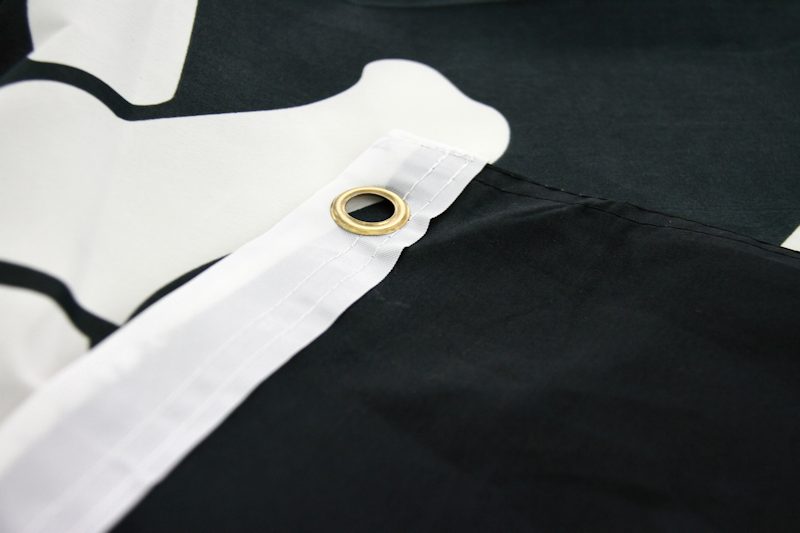
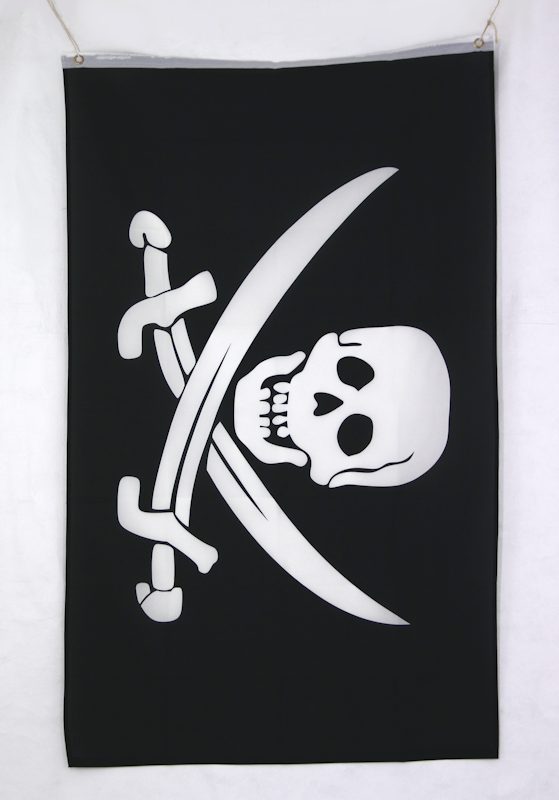
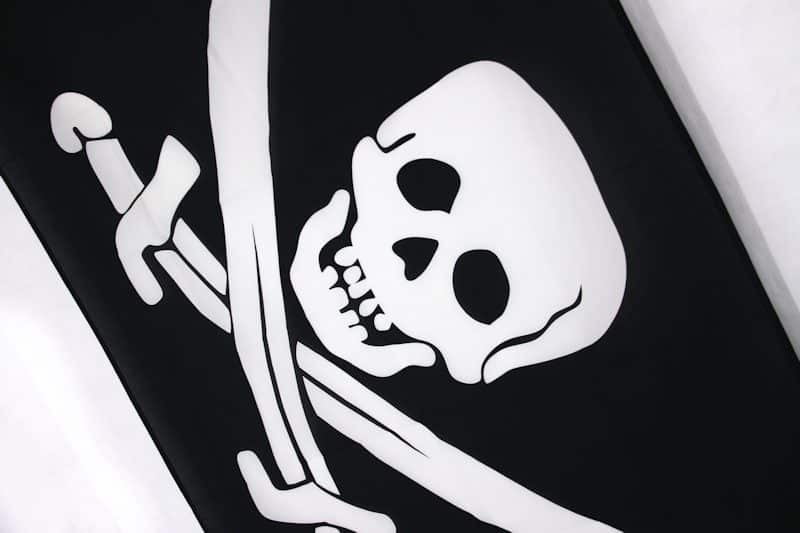
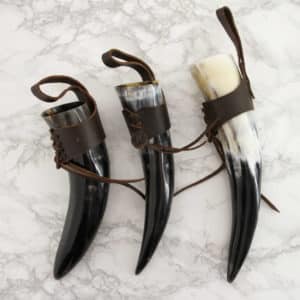
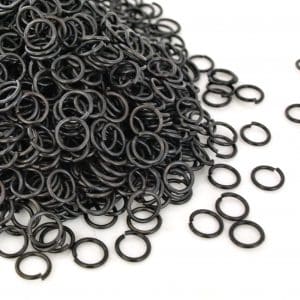



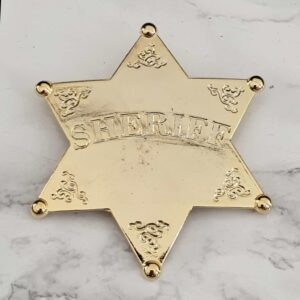
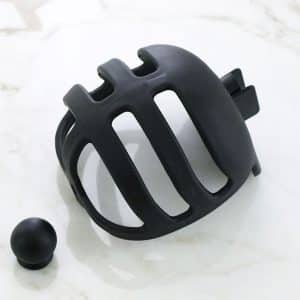

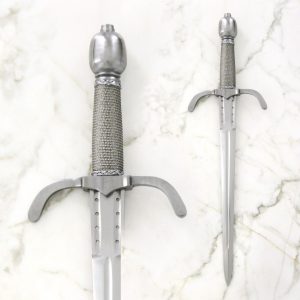
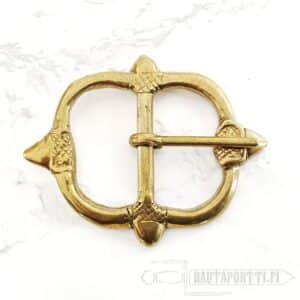
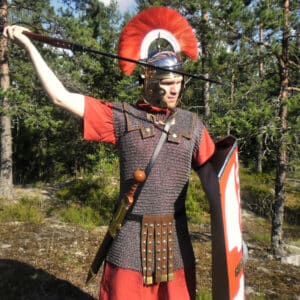
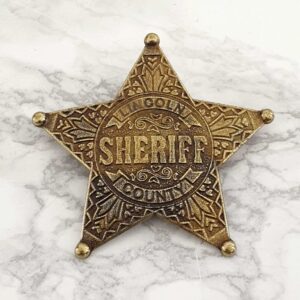
Reviews
There are no reviews yet.